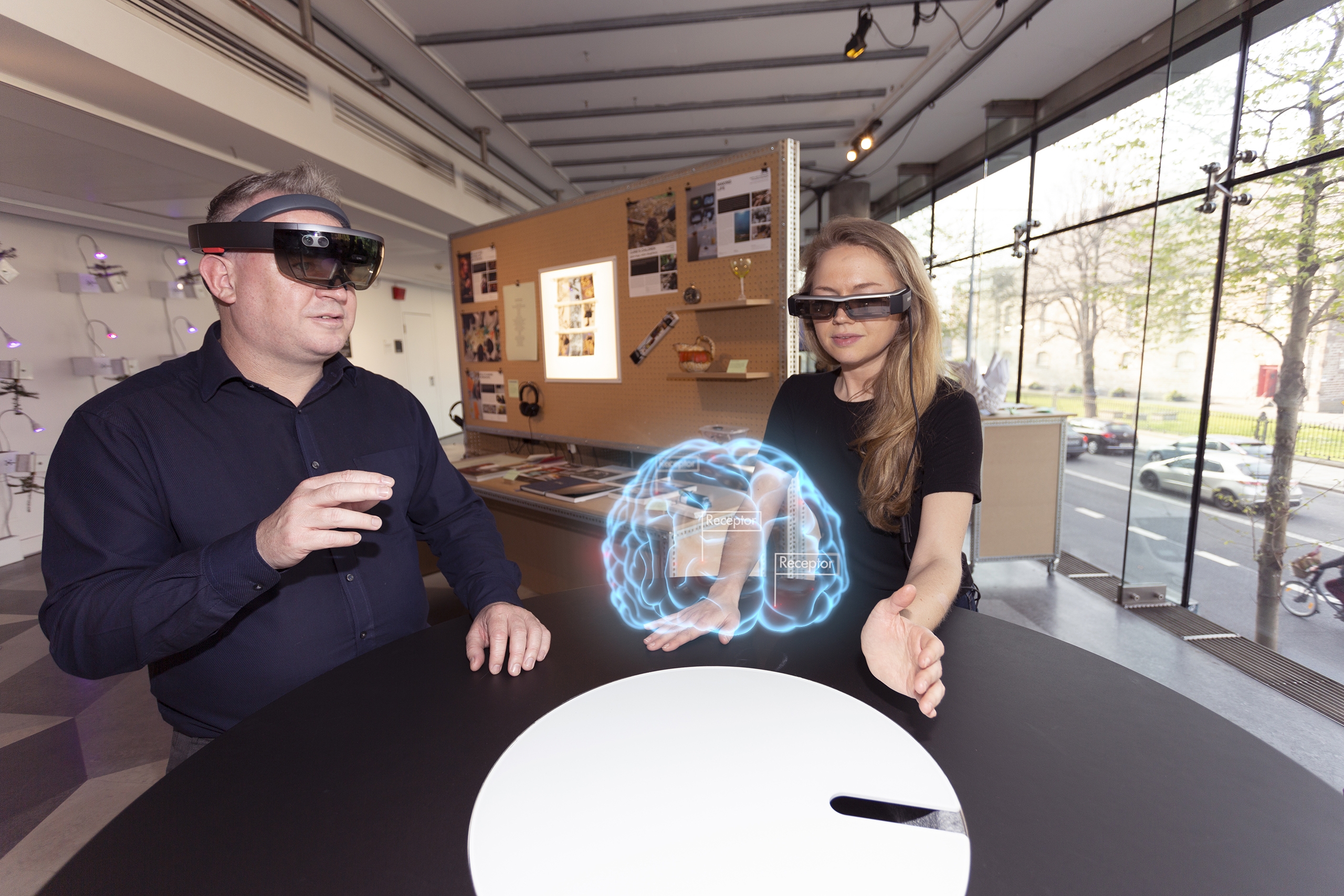Medical Animation: Helping us understand ourselves
A Brief History of Medical Illustration
Before we dive into where we are today with medical animation, let’s take a quick look at how it all got started. Medical illustrations sketched by artists served as the first medical visualisations thousands of years ago as a way to document new discoveries. The Renaissance saw more accurate and realistic anatomical illustrations as artists learned from the dissection of cadavers and the discovery of the laws of perspective.
Colour printing became more accessible in the 19th century and with that; anatomical illustrations could be mass-produced and our understanding of the human body improved. Gray’s Anatomy, a textbook of the human anatomy, was first published in 1858 and is still used by medical students today.
As medical illustrations have improved over time, so too have the skillset and knowledge of medical practitioners. The ability to accurately visualise complex medical processes improves our capacity to learn and understand what is going on inside the human body. With every advancement in the technology used to create medical illustrations; the standard of medical education has risen. The next step in the evolution of medical illustration is medical 3D animation.
Medical Animation — What is it and what’s it for?
A medical animation is a short video showing a biological, physiological or surgical topic that is rendered using computer-generated 3D graphics. They are most commonly used as an educational tool for medical professionals, patients and the general public. It is also effectively used as a marketing communication tool for pharmaceutical, biotech and medical device companies. Helping to capture the imagination of their audience while staying informative as a piece of scientific storytelling.
Textbooks and 2D medical illustrations can only assist so far in helping us accurately visualise the inner workings of the human anatomy. The use of 3D, hyper-realistic animations takes medical visualisation to the next level.
Communicating the elaborate mechanisms of the human body comes with an array of challenges. Biological processes happening at a cellular level, such as the formation of red blood cells, is hard to picture mentally even for the most imaginative among us. But an immersive 3D video takes a close look at the intricacies of medical science in a way that 2D animation cannot. It adds far more insight and detail to the processes taking place, a feature that can be employed in a wide range of uses.
Medical Animation as an Education Tool
With medical animation, patients can see how stress affects the immune system or understand how their upcoming heart valve procedure will help them live better lives. Doctors can explain the benefits of a certain drug to a patient by showing them a visual of how their body will react to and be improved by the medicine. We are able to bring highly jargon-filled medical terminology down to a level where the average person can understand their own health conditions with ease. Students training in the medical field can look to these animations to better understand the body and the various operations they will perform as part of their practice.
Improving Medical Animation with Immersive Technology
Companies can now create more immersive content by repurposing 3D animations into virtual reality and augmented reality experiences. This allows the viewer to not only watch the medical animations but interact with them as well. Making it a far more memorable and engaging experience. They effectively serve as training tools, product demonstrations, patient communication aides or promotional and educational material.

Surgeons can practice operations in a VR simulation before the first cut is made. Giving them confidence and knowledge of the procedure to ensure a successful outcome. Patients can be shown how an ailment is affecting their body and how medicine will help them battle it in a VR journey inside of the human body. Medical animations can be created as augmented reality content that appears in front of your eyes, giving you a truly 3d experience. The possibilities are nearly endless.
Medical Animation Future Market Predictions
The movement toward medical animation should hardly surprise given the immense benefits of its use. As technology continues to improve, we are finding more ways it can improve human life. Industries are taking notice as well and investing in the growing market. Valued at $0.2 billion in 2017, the animation market is expected to reach $0.43 billion by 2025. This growth mirrors the growth in pharmaceutical and medical device industries. These sectors are looking to combat low health literacy and are turning to medical animation due to its simplicity of use and its clear, detailed communication. We hope to see how immersive technology, fueled by these robust opportunities, evolves to enhance the medical field.
Contact vStream
If you would like to learn more about medical animation, simply fill out the form below:
